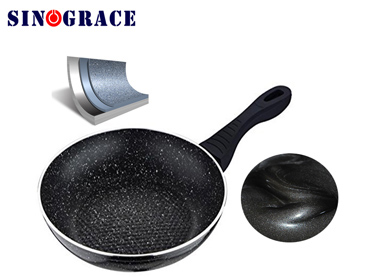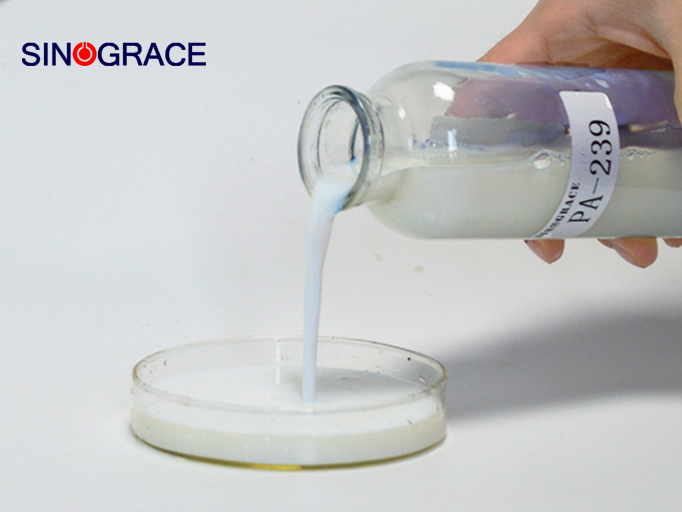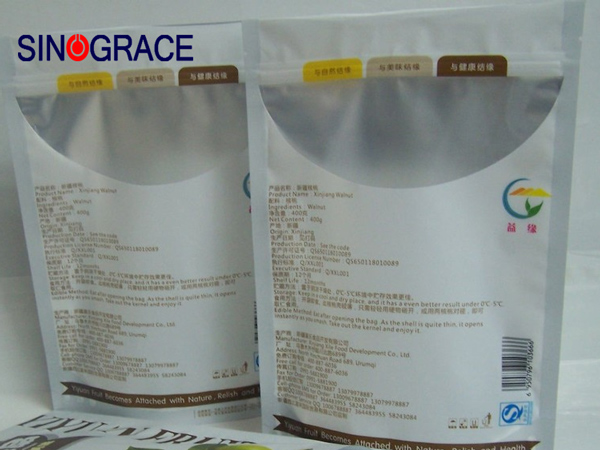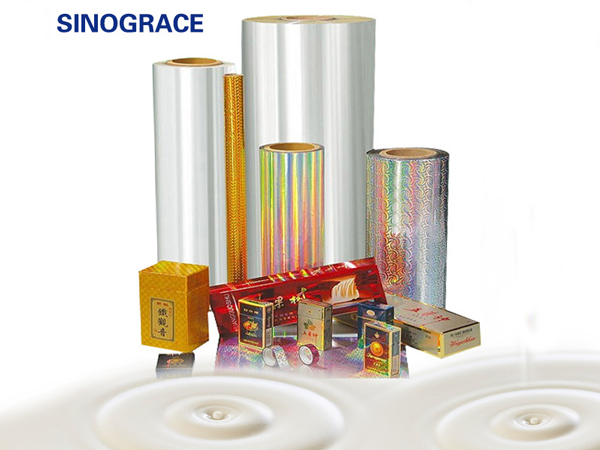Application trend of water-based composite adhesive in flexible packaging industry
With the continuous enhancement of human environmental awareness, environmental protection laws and regulations are also being introduced and improved. All industries are working together in the direction of environmental protection, green, healthy.With the development of flexible packaging industry, it has become an inevitable trend to reduce and remove the organic solvents used in the compound.Water-based composite adhesive in the use of methods and price technology and other aspects are gradually mature, become the new darling of the soft bag industry, has achieved rapid development at home and abroad. In plastic composite and plastic aluminum composite, water - based polyurethane and acrylic polymers are mainly used. Water-based adhesive mainly has the following (1)High composite strength. The molecular weight of water-based adhesive is large, which is dozens of times that of polyurethane adhesive. Its bonding force is mainly based on van der Waals force, which belongs to physical adsorption, so a very small amount of adhesive can achieve quite high composite strength. (2)soft, more suitable for the compound of aluminum plating film. One-component water-based adhesives are softer than two-component polyurethane adhesives. When they fully set, polyurethane adhesives are very rigid, while water-based adhesives are very soft. Therefore, the soft properties and elasticity of water-based adhesive are more suitable for the composite of aluminum plating film, which does not easily lead to the transfer of aluminum plating film. (3)No need to mature, off the machine can be sliced. Single component water-based adhesive compound does not need curing, after off the machine can be splayed, bag making and other subsequent processes. This is because of the high initial adhesive strength, especially shear strength, to ensure that the product in the composite and cutting process will not produce "tunnel", fold and other problems. Moreover, the use of water-based adhesive composite film in 4 hours after placement, strength can improve by 50%. Here is not the concept of maturation, the colloid itself did not occur crosslinking, mainly with the leveling of the glue, composite strength also improved. (4)Thin adhesive layer, good transparency. Due to the small amount of water-based adhesive, and the concentration of adhesive is higher than that of solvent-based adhesive, so the need for drying and discharge of water is far less than solvent-based adhesive. After the moisture is completely dried, the film will become very transparent, because the adhesive layer is thinner, so the transparency of the composite is better than that of the solvent adhesive. (5)Environmental protection, harmless to people. There is no solvent residue after drying of water-based adhesive, many manufacturers use water-based adhesive to avoid residual solvent compound, so the use of water-based adhesive production safety, no damage to the health of the operator staff. With the increasing s...
read more

 English
English français
français русский
русский español
español العربية
العربية








